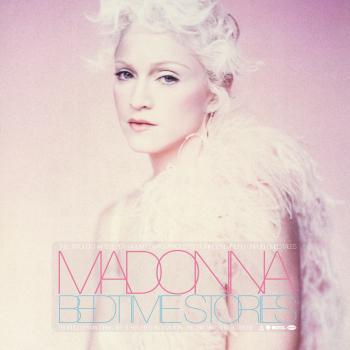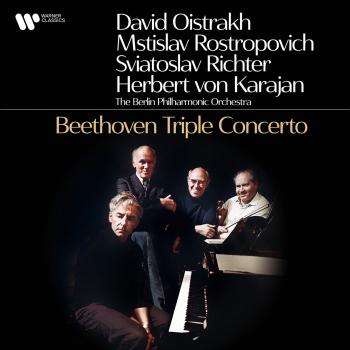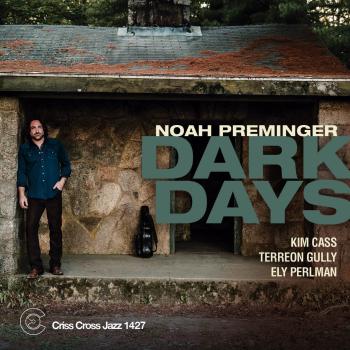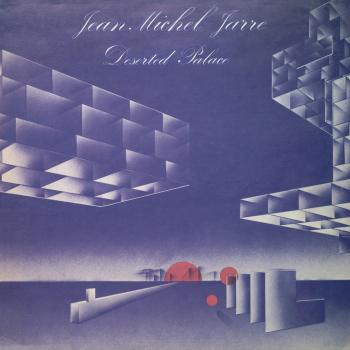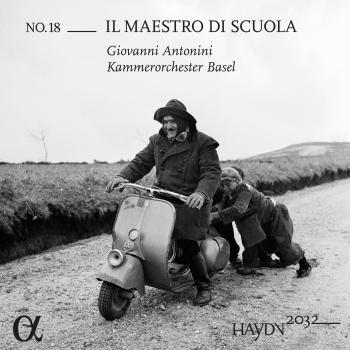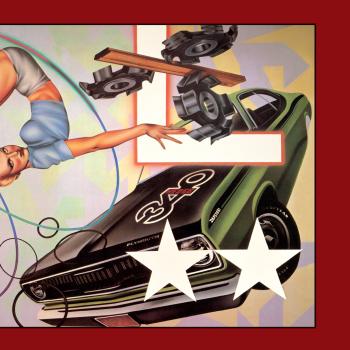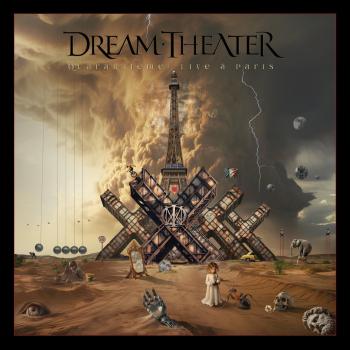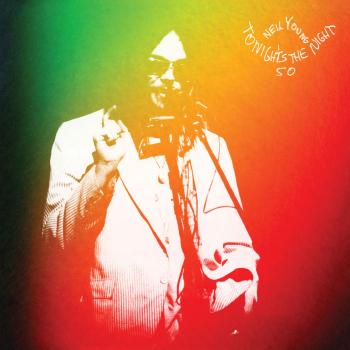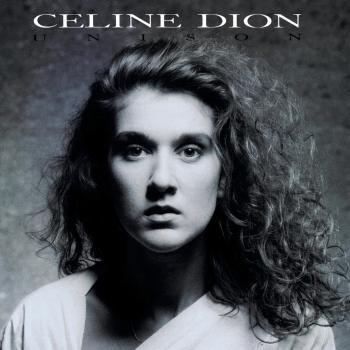Paolo Conte
Biographie Paolo Conte
Paolo Conte
“A gruff smoker’s voice, a piano style that wanders from honky-tonk to tango palace, to tony cabaret, and a weathered romantic’s world view have made
Paolo Conte a well-known songwriter in Italy.” (The New York Times)
Born in Asti, a small wine-producing town in northern Italy, Paolo Conte has had a lifelong passion for jazz and the visual arts since his schooldays. Song writing started spontaneously, almost instinctively: first with his brother Giorgio, and then by himself, Paolo would write songs inspired by books, films, and the imaginative development of facts and personal experiences. He worked for several years as a lawyer.
His performing career began on a small scale as a vibraphone player in local and touring bands but in the second half of the 1960s his compositions drew notice and popular singers began to record his music. These hits were all penned by Paolo Conte: La Coppia Più Bella Del Mondo and Azzurro (sung by Adriano Celentano), Insieme A Te Non Ci Sto Più (Caterina Caselli), Tripoli '69 (Patty Pravo), Messico e nuvole (Enzo Jannacci), Genova per noi and Onda Su Onda (Bruno Lauzi).
Paolo Conte’s own recording career began in 1974, with his debut album, Paolo Conte, marked by his languid voice, as it nonchalantly walked on a tightrope of melody while narrating poetic fragments of brief encounters, sudden enthusiasms, and nostalgic recollections. He gained widespread public recognition in 1979 with the songs Un Gelato Al Limon and Paris Milonga, and a growing success with his first few albums. In 1984 he held a series of successful concerts at the Théâtre de Ville in Paris, receiving critical acclaim throughout France.
With the release of the double album, Aguaplano, in 1987, Paolo broadened his artistic range, introducing new elements to his work and toured internationally, playing in Canada, France, Holland, Germany, Belgium, Austria, Greece and Spain, as well as at New York's historic Blue Note Club.
The following albums consolidated Paolo Conte’s successful career. Parole D'amore Scritte A Macchina (1990) introduced a new musical approach, including backing singers and electronic experimentations. The portrait of Paolo Conte on the album cover was the work of Hugo Pratt, a friend. Novecento (1992) marked a return to a more familiar style--vintage Conte with a splendid band capable of suggestive echoes of jazz and musicals as commentaries on Conte's famous rhythms, melodies, and lyrics: elegant, seductive or even drunken rhythms lurching into hot jazz, or barroom tangos. Una Faccia In Prestito (1995) was recorded in close collaboration with bassist Jino Touche, percussionist Daniele Di Gregorio, and accordionist and multi-instrumentalist Massimo Pitzianti.
The collection The Best Of Paolo Conte was published in Europe in 1996 and featured 20 songs that have a place in the Italian song history: Azzurro, Bartali, Genova per noi, Boogie and Via con me, all interpreted in Conte’s instantly recognisable style. In 1998 the collection was released for the first time in the United States and was followed up by a hugely successful tour (New York, Boston, Los Angeles, San Francisco). The Best of Paolo Conte was voted record of the year by The New Yorker and Rolling Stone.
In 2000, Paolo Conte released Razmataz to European critical acclaim across Europe. The album was matched by a DVD with a montage of 1,800 drawings by Conte accompanied by music and dialogues). The concept of this whole project was a sketch for a musical revue set in Paris in the 1920s, the meeting place of European avant-gardes and the new black music.
A second North American tour saw Paolo Conte playing large concert halls in New York, Washington DC, Boston, Chicago, San Francisco and Los Angeles in 2001.
The 2003 collection Reveries included classic Conte songs re-recorded and re-arranged to bring them closer to the performance style of his much-appreciated concerts. In the same year, Einaudi released a Paolo Conte box set as part of the Parole e Canzoni series, which included a book and a DVD of song commentary and a rare, lengthy video interview, as well as introductions by novelist Andrea Camilleri and Academy Award winner Nicola Piovani.
The album Elegia (2004) was an album of great artistic maturity, for the poetic and musical quality of the songs. In search for essential artistic expressiveness, Conte sings about the elegy of life, or better of a life that is worth living.
In 2005 Paolo Conte Live Arena di Verona was released on CD and DVD. Other previous, essential live albums in his career are Concerti (1985), Paolo Conte Live (1988), Tournée (1993) and Tournée 2 (1998).
On June 25 2008, the concert Paolò Symphonique made its debut performance in Lyons, France. This was a musical project proposed by the Lyons Auditorium and the Lyons National Orchestra conducted by Bruno Fontaine. Each concert included a first part with Paolo Conte performing with his band and a second part in which they were joined by the great Symphony Orchestra. The repertoire includes many well-known songs and a few new ones. The show also went on stage in Athens, Paris and Venice.
2008’s album, Psiche, was produced by Renzo Fantini for Platinum and distributed worldwide for the first time by Universal. The album included 15 new songs and is to date one of the most important of Paolo Conte’s career. The songs on the album seem to be made for contemplation, just like standing in front of a wonderful painting. Recalling another of Paolo Conte’s great passions, painting, in the case of Psiche we could talk of pictorial songs.
The following album, Nelson (2010) is a record of sentimental journeys on the road of poetry, sung in a variety of languages: English, French, Spanish, Neapolitan, Italian, but they all sound like one universal language
On June 2014, on the occasion of the fortieth anniversary of the release of Paolo Conte’s first album, Universal released Paolo Conte The Platinum Collection, a great new collection in which the artist is presented throughout his career with 51 of his greatest hits.
In addition to his success as a recording artist, Paolo Conte is also acknowledged as a prominent figure on the cultural and literary scene. In the following years, he was named “Cavaliere di Gran Croce” of the Republic of Italy, “Chevalier dans l’ordre des arts et letters” in France, and received the “Grande Médaille de Vermeil”, the most important honour given by the city of Paris as well as the Librex-Guggenheim Award “Eugenio Montale per la poesia”. He also received honoris causa degree in painting by the Academy of Fine Arts at Catanzaro, as well as a honoris causa degree in modern literature from the University of Macerata. The official motivation for the award expresses at best all the refinement of Paolo Conte’s life-long work and art: “For having translated into a wholly original language, of great textual and poetic texture, types, places, situations, stories, and atmospheres of aspects of the contemporary imaginary”.

